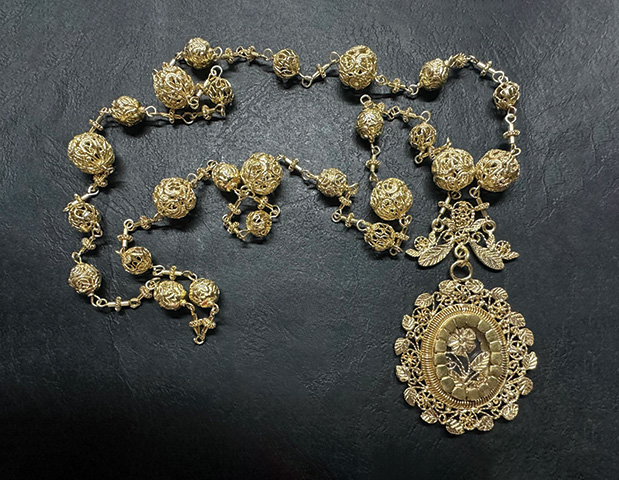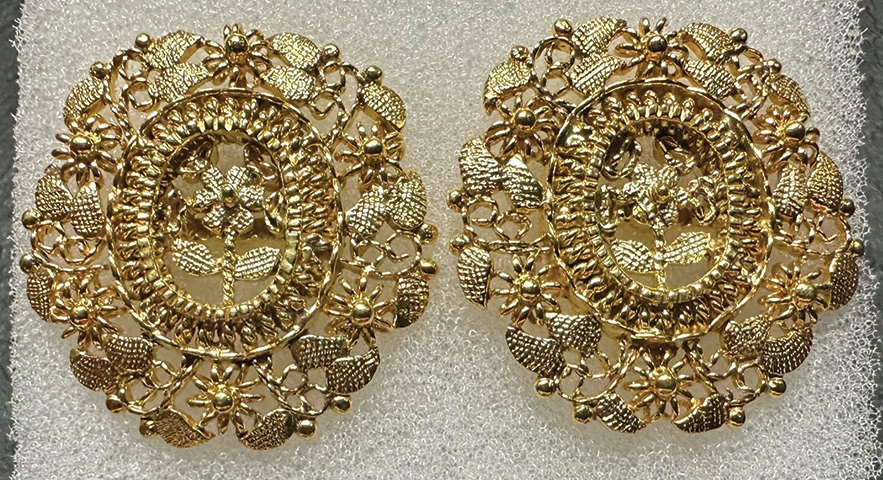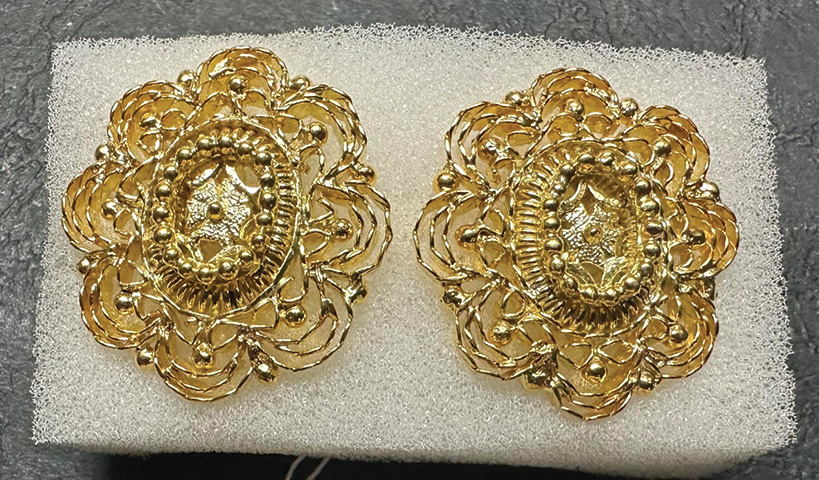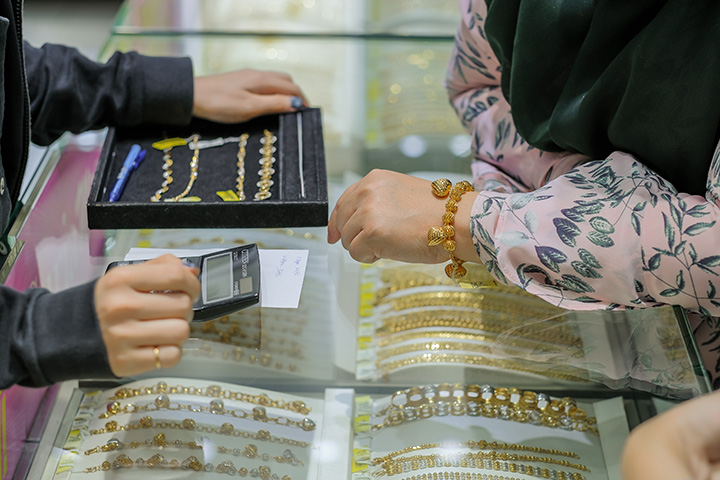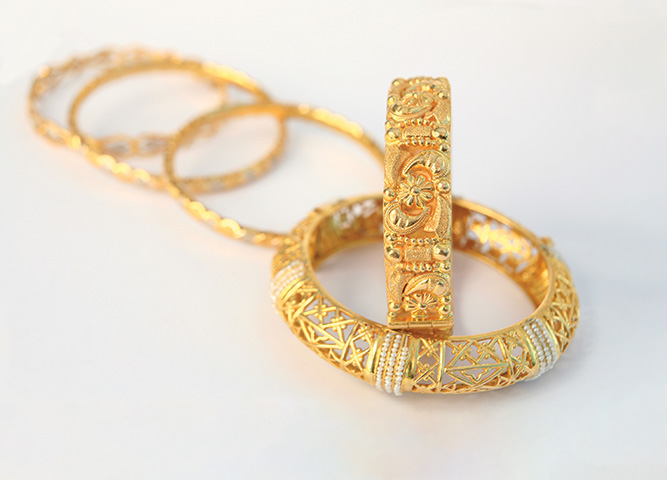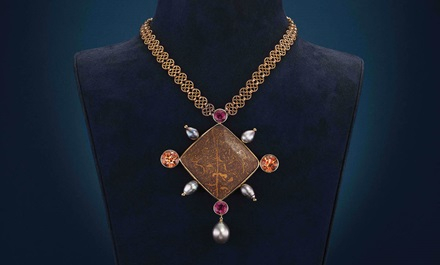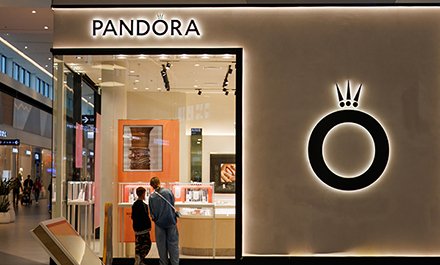Southeast Asia plays a pivotal role in the gold jewellery trade, both as a thriving consumer base and a manufacturing centre, with different countries serving up distinctive designs and products.
This article first appeared in the JNA September/October 2024 issue.
Southeast Asia has a golden tradition, both as a manufacturing hub and a consumption base. As in most Asian markets, gold is staunchly viewed as a store of wealth and the best counter to inflation.
Speaking at Jewellery & Gem ASEAN Bangkok earlier this year, Ermin Siow, vice president of the ASEAN Gems and Jewellery Trade Association (AGJA), underscored the strategic role of the Association of Southeast Asian Nations in the gold jewellery trade.
As he put it, ASEAN plus its partner countries, China and India, together form the biggest gold market in the world. Citing data from Metals Focus, Siow revealed that three of the 10 Southeast Asian countries rank among the world’s 10 largest gold consumer markets. These are Vietnam, Indonesia and Thailand.
When it comes to new gold jewellery consumption in 2023, Indonesia, Vietnam and Malaysia lead the region, with 25.1 metric tonnes, 15.1mt and 11.3mt, respectively. Thailand and Singapore followed, with 9.2mt and 7.2mt.
“Scrap gold is a substantial part of our daily retail trade. In Malaysia, trade-ins would constitute nearly 40 per cent of the business. Total gold jewellery consumption is therefore some 30 per cent to 40 per cent higher than these figures, thereby indicating the huge potential of the ASEAN region as a gold jewellery consumer,” explained Siow, who is also advisor of the Federation of Goldsmiths and Jewellers Associations of Malaysia (FGJAM).
On the other hand, Thailand and Vietnam topped the tallies for physical consumption of gold, towering over Malaysia and Singapore when buying gold for investment.
Southeast Asia is also a giant on the gold jewellery manufacturing front, Siow noted. Data from Metal Focus showed Malaysia leading the pack, producing 30.3mt worth of gold jewellery in 2023. Indonesia came in second with 26.8mt, while Thailand recorded 23.3mt. Vietnam followed with 16mt, with Singapore ranking fifth with 3.8mt.
“Malaysia exports more gold jewellery than it consumes locally. Its production is mainly in 22-karat gold, and its shipments almost double that of local consumption,” Siow revealed.
Thailand, meanwhile, exports less than its local demand as its jewellery production is largely in 23-karat gold. “Thailand is probably the only country in the world where their most popular gold category is 23 karats, unlike the Middle East, Singapore and Malaysia where 22 karats is the preferred category,” Siow said.
Steady demand
Despite high gold prices, demand for gold jewellery in Southeast Asia has remained robust. Siow told JNA that many jewellers in Malaysia and Singapore enjoyed strong – in some cases, even record-breaking – sales during Chinese New Year in 2024.
“I noticed that high gold prices do not affect the consumers’ intent to purchase. It does not deter them from buying, though they may choose lighter items. To them, gold jewellery is an investment that they can actually enjoy wearing and can sell if needed,” he explained.
Moreover, the fascination with gold has extended to younger buyers in the region. And unlike older generations that traditionally seek better deals, these consumers readily purchase jewellery pieces that appeal to them.
Siow disclosed, “In the past, younger consumers viewed gold jewellery as old-fashioned. This has changed since the pandemic. They are now buying gold rings, pendants and chains. Young people go to jewellery stores, pick out what they like and make a purchase. This is a trend that is likely to continue moving forward.”
Regional prowess
Most Southeast Asian countries have developed their own special expertise in gold jewellery manufacturing.
Malaysia’s jewellery industry specialises in plain gold jewellery in a variety of styles, catering to local retailers and wholesalers with 22-karat gold items as well as strong demand from international markets, primarily in Asia and the Middle East, with other gold categories.
Penang-based G2 Gold Sdn Bhd tailors its gold jewellery designs to the needs of its export markets. The company works with buyers from the UAE, Singapore, Hong Kong and the Philippines, among others.
“Our production for the international market is in 14-karat, 18-karat, 21-karat and 22-karat gold. Middle East countries generally seek gold jewellery in 18 karats or 21 karats. But we only focus on plain gold jewellery, those without gemstones or diamonds,” said G2 Global’s SW Teoh.
Demand from the UAE, however, dipped after the pandemic, as the market sought other sources and developed its own production facilities to cope with shipment restrictions during the Covid years, the company official noted.
“Our deliveries to the Middle East have not returned to pre-pandemic levels but they are picking up slowly now. Singapore and other export markets are doing well though,” Teoh continued.
Wide market
The Middle East is likewise the main export destination of CHL Innovation Industries. The company also caters to wholesalers in Australia, Singapore, the Philippines and other Asian markets.
According to company marketing manager Goay Boon Pah, 22-karat gold is favoured in the Middle East and Singapore, while Australia and the Philippines both lean to 21-karat and 22-karat items. Europe, meanwhile, prefers jewellery in 14-karat and 18-karat gold.
“Given the high gold prices, customer standards for design, quality and finishing have risen as well. Their main concern is getting the value they paid for; they will only buy what they really want,” he disclosed.
Singapore is a steady and reliable source of orders for Malaysian manufacturers, he continued. While Singaporean companies also produce gold jewellery, their overhead costs are a lot higher than their Malaysian counterparts.
“It is often worth it for them to import gold jewellery instead of producing it themselves or in their overseas manufacturing facilities. This frees them from shouldering high labour and operational costs,” Goay explained.
Heritage pieces
Over in the Philippines, the focus is on 14-karat and 18-karat gold. Much of the country’s jewellery production is centred in the city of Meycauayan in the province of Bulacan. The industry there produces both gold and silver jewellery and is home to the country’s leading goldsmiths and craftsmen.
Intricate, handmade gold jewellery pieces are among the Philippines’ main contributions to the market. Filigree work and tambourine motifs dominate gold jewellery production, with handmade heritage jewellery techniques counting among the country’s strengths.
Cecilia Ramos, chairperson of the Meycauayan Jewelry Industry Association and owner of Ricel’s Jewellery, said, “We cannot compete with other fine jewellery centres but have our own design strengths that appeal to international buyers seeking distinctive jewellery. Most of our jewellery has an antique look and is produced by hand – there is nothing like Philippine filigree. The wires we use are as thin as a strand of hair and the techniques are passed down from generation to generation.”
Handmade jewellery, however, comes with high labour costs. Philippine manufacturers have thus been on the lookout for machines that can help produce the thin gold wires needed for the filigree technique, she continued.
Export efforts
Aside from heritage jewellery, the Philippines also exports pearl jewellery, classic gold jewellery with diamonds, and gold college and company rings.
According to Ramos, the US is the Philippines’ top market. It also gets business from Japan and the United Kingdom among others.
She acknowledged that many international markets gravitate towards lighter-weight jewellery but believed the Philippines’ offerings would still have a solid following among those seeking distinctive designs and interesting techniques.
“Our association has been participating in international trade fairs to promote the Philippines as a potential source of jewellery. Due to the nature of our products, which usually have a handmade component, we can only fulfil small and medium-sized orders,” Ramos declared. “But Philippine jewellery will definitely be a standout addition to any retailer’s inventory.”




